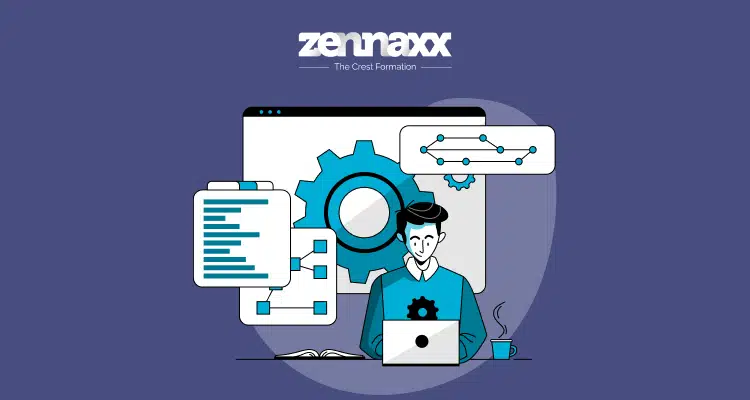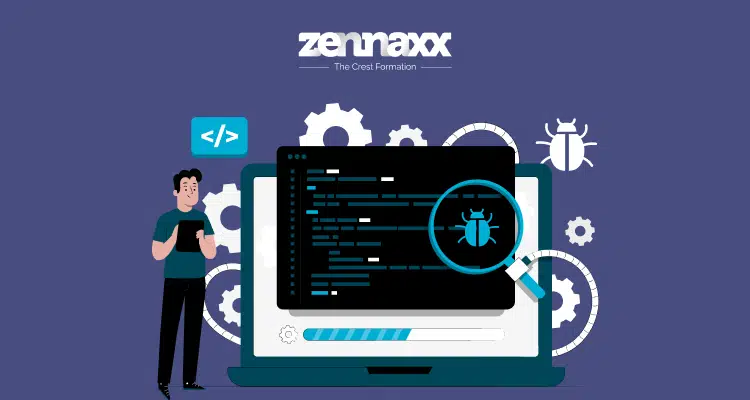The recent surge in wearable technology adoption has catapulted the industry into newfound popularity. This spike opens up numerous possibilities and opportunities for wearable app developers, driven by the increased use of wearable devices.
Before, there were no wearable applications at all. This technology has opened up many possibilities in the IT industry.
The wearables market has only begun to take off thanks to a cutting-edge sensor and scanning feature package.
Wearable technology leverages the Internet of Things (IoT), which is now used for education, health, fashion, music, gaming, travel, commuting, finance, and much more.
Modern IoT gadgets and applications have impacted many people’s daily routines.
Now is the time to produce relevant and up-to-date certifications in wearable applications so that people may become more aware of the newest technology developments and adopt them.
Wearable app development is about decreasing human effort, streamlining everyday routines, and enhancing the user experience.
Here are some of the Statista’s figures for wearable technology’s global market:
- In 2023, the global market is estimated to generate $18,984.
- By the end of 2024, the estimated market volume will likely reach $17,854 million.
- There will be a 5.9 per cent user penetration in 2020 and a 4.8 per cent penetration by 2024.
- Approximately $43 is estimated to be the average revenue per customer.
- Sales of smartwatches account for 52% of the worldwide wearable market.
- In the first quarter of 2020, Fitbit will ship 2.2 million wearable devices.
- For the first quarter of 2020, Apple’s wearable shipment share is 29.3%.
- For the first quarter of 2020, Xiaomi’s worldwide wearable device shipment is expected to be 14.0 per cent.
Wearables have a lot to offer to people, but the developers who work on them have a lot of hurdles in enhancing their efficiency and utility.
Wearable app developers face several typical issues, and overcoming those is essential to making the most out of this technology.
#1. Platform Portability
Building a cross-platform application would assist app developers in accessing numerous user bases.
If the app is created for specific platforms like Android or iOS, users have limited possibilities from such a large app market.
Developers must stay ahead of the curve as businesses attempt to build their wearable sections by encouraging more customers to purchase wearable items.
This ensures providing an application that is accessible to download from any platform.
#2. Battery Usage
The battery capacity decreases according to the device’s size. Moreover, the battery consumption is greater since so many functions operate in the background.
Developers must tackle this obstacle to build battery-efficient solutions for wearable application development.
You may also be astonished that most app stores reject wearable applications with excessive power.
#3. Tethered Devices
Wearable, devices worn on the body, attach to and rely on larger gadgets for optimal software performance.
If the primary device, like a phone or tablet, powers off or experiences low battery, they become useless.
Bluetooth links the two devices; therefore, they must be close to one another as they lose connection if they don’t see one another.
There are limitations to creating these applications.
#4. Data security
People are still wary of purchasing wearable technology because of worries about data security and privacy.
To provide a better user experience, these devices now need opt-in privacy settings and transparent communication.
Wearables’ ability to share data has advantages, but users’ trust in these devices and their private data must be bolstered with suitable security measures.
#5. Lacking API standards and protocols
Wearable device app development is a whole new ball game. The coding standards are constantly changing as new devices are created.
Because of this, a large number of programs are unable to run on that device.
To accommodate the proliferation of new platforms and devices, developers must regularly update APIs.
The absence of coding standards or protocols necessitates customizing each API for a specific device. For long-term success, developers must master new APIs that make devices compatible.
Transform your business with web development
Zennaxx, a leading software development firm in Canada, has delivered 700+ bespoke solutions spanning various industries.
#6. Multi-platform support
With wearables, the barriers between devices have started to dissolve. This is a natural progression.
Wearable applications should be able to run on a variety of instruments. However, increasing fragmentation made it more challenging to create cross-platform apps.
As a result, it is challenging to create wearable software that runs well on various devices.
Third-party app development is difficult, if not impossible, for many wearable devices.
For example, some manufacturers design their equipment such that the operating system cannot be changed.
This means a wearable app can only operate on a platform independent of the manufacturer.
#7. Storage Space
Because wearables are so tiny, they need a lot of storage capacity. As a result, be careful to create an app that uses as little storage space as possible.
Having a large number of applications running at the same time is a problem for this app’s users.
#8. Constant Updates
Wearable device app development is incomplete without regular upgrades and revisions.
In addition, the development and support teams have the ongoing task of adding new features and fixing any possible bugs.
To keep your wearable applications up-to-date, seek out Wearable Development Agencies that regularly upgrade them.
#9. Fragmentation
The problem of fragmentation hampers wearable app development. The bulk of wearable apps lack cross-platform interoperability, leading to fragmentation of the wearable market.
Developing a wearable app costs more because of this. If the software is cross-platform, developers can reach a bigger audience.
#10. Extensive Testing
Users want mobile solutions tailored to their needs, while businesses wish for more efficient solutions.
Extensive testing is essential for achieving the success of a wearable app, as it directly influences its performance, a crucial indicator.
Consequently, don’t even think of bypassing the quality assurance step. But have you ever thought about what might happen if a connected device with wearables suddenly stopped working? As a consequence, there will be a period of inefficiency.
How does hiring an expert IoT App Development company help?
Developing wearable applications is time-consuming and tedious but also immensely gratifying.
Gaming, healthcare, banking, and other industries might benefit from the technology.
The key to success is adaptability. Platform and device evolution need developer adaptability.
The developer’s flexibility is a good indicator of the project’s future development. A company’s success depends on the steps taken to overcome hurdles throughout the wearable app development process.
Developers must craft wearable apps with extra care and thought due to their varying uses and functions.
As a company that focuses on app development, Zennaxx always tries to improve its development strategies, especially for wearable devices, to keep up with how device structures change over time.
Wearable devices are becoming increasingly popular, and so is the need to develop new ways to make apps that work well.






